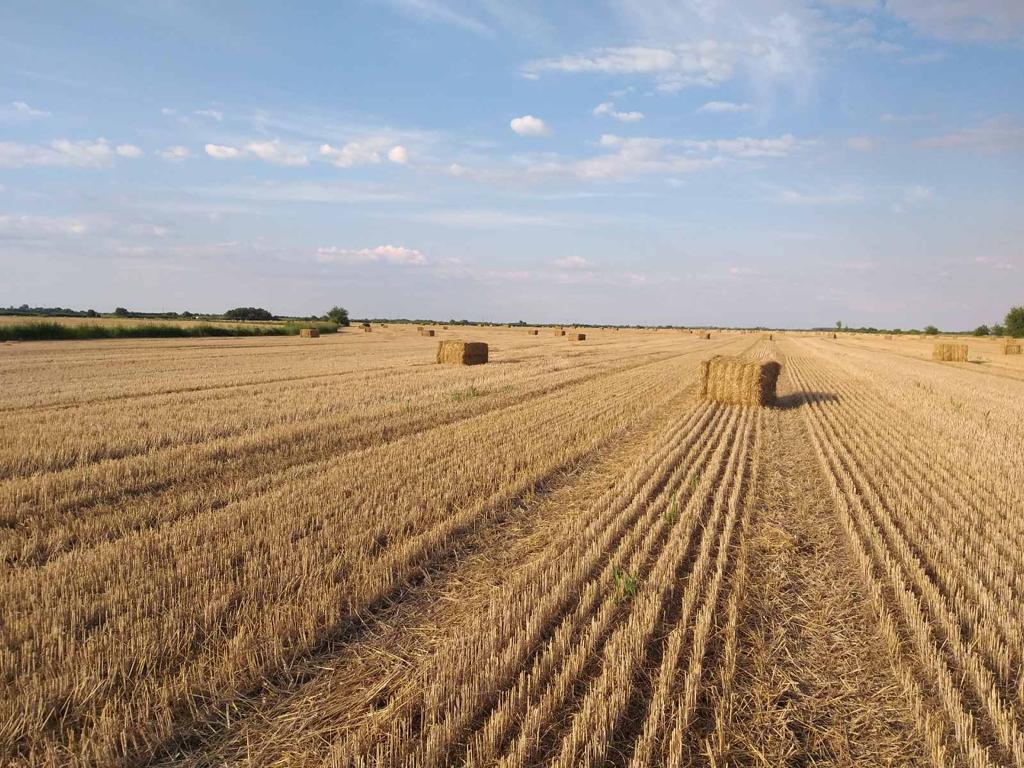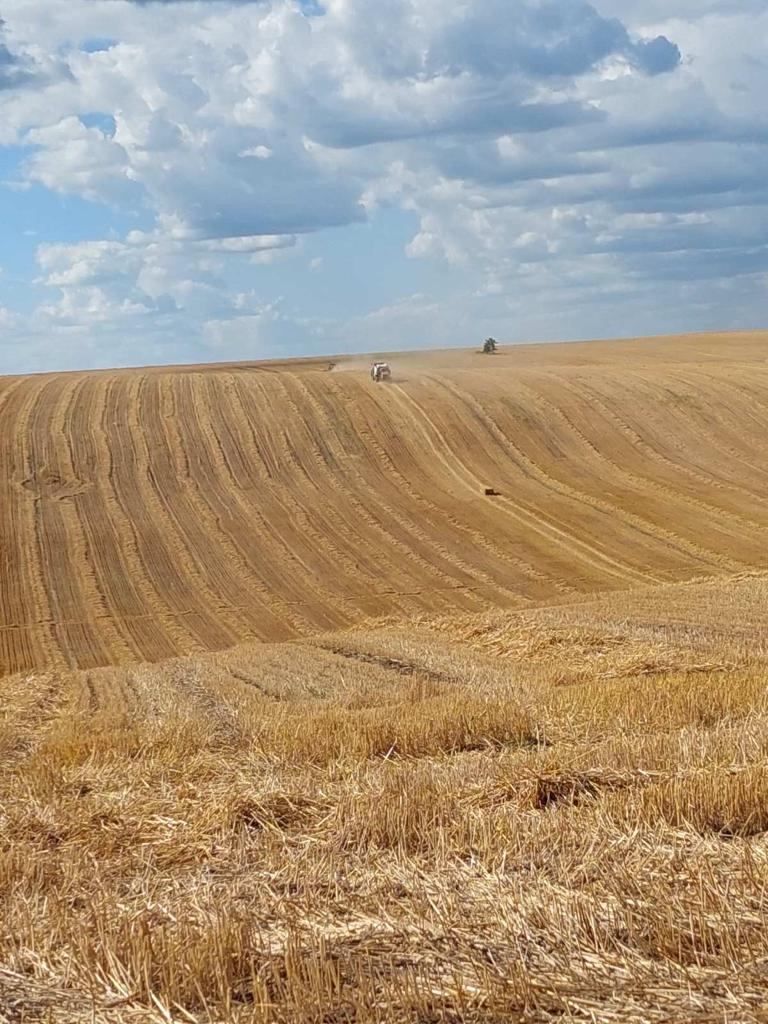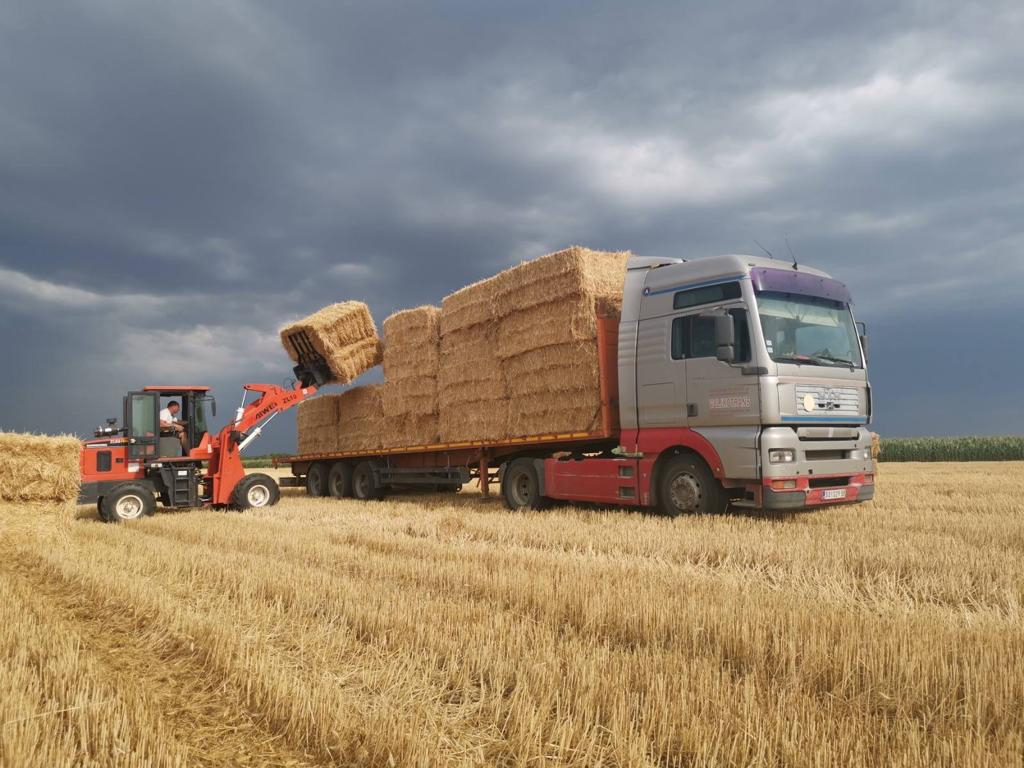Fall in Serbia means harvest time. In the agricultural region just outside of our ECOR factory in Kraljevo, there are wheat fields as far as the eye can see. The wheat has just been harvested, and most farmers face a tough choice as they decide what to do with the wheat straw byproduct that is left over from the harvest. Most of it will be incinerated, adding to the carbon footprint of wheat production. ECOR provides an alternative and a second life for the wheat straw byproduct considered by most to be a liability.
Blog
Agricultural Byproducts Given a New Life in Serbia


ECOR Global is taking this wheat straw by-product and upcycling the cellulose fibers to use as feedstock for ECOR-1 flat panels. In just this season, at the location pictured above, ECOR will rescue 2,500 metric tons of what straw that will blended with other waste fibers to create new ECOR products. The cellulose fibers found in wheat straw are quite long, providing the kind of excellent performance qualities that makes ECOR flat panels stronger.
By incorporating this agricultural waste into ECOR’s technology platform, the 2,500 tons of wheat straw will be processed and mixed with other fibers to be transformed into 2.8 million square meters of ECOR-1 flat panels. Other than the transportation cost, this valuable raw material comes free. The farmers who harvest the wheat are saving both disposal costs and avoiding the C02 associated with disposal or incineration.
Not only does ECOR’s use of this agricultural byproduct represent a cost savings for the farmers, it provides a regional solution for a difficult disposal problem. By focusing on the end of the wheat’s lifecycle, this raw material selection provides another example of an ECOR Circular Economy solution.
